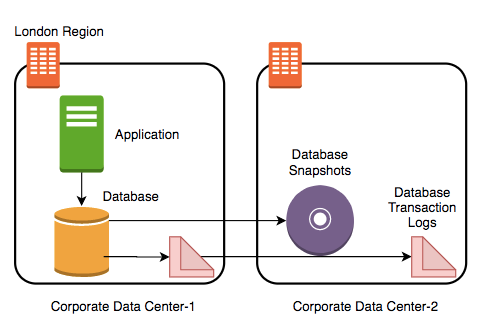SQL (Structured Query Language) is a powerful and widely-used language for managing and manipulating data stored in relational databases. However, it’s important to be aware of common mistakes that can lead to bugs, security vulnerabilities, and poor performance in your SQL code. In this article, we’ll explore some of the most common mistakes made when writing SQL code and how to avoid them.
1. Not Properly Sanitizing User Input
One common mistake made when writing SQL code is not properly sanitizing user input. This can lead to security vulnerabilities such as SQL injection attacks, where malicious users can inject harmful code into your database.











